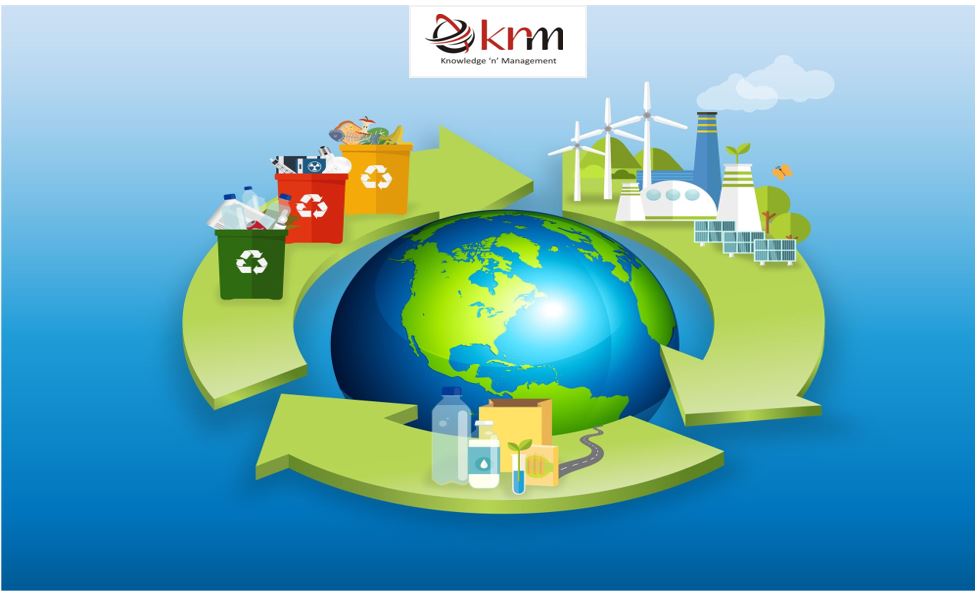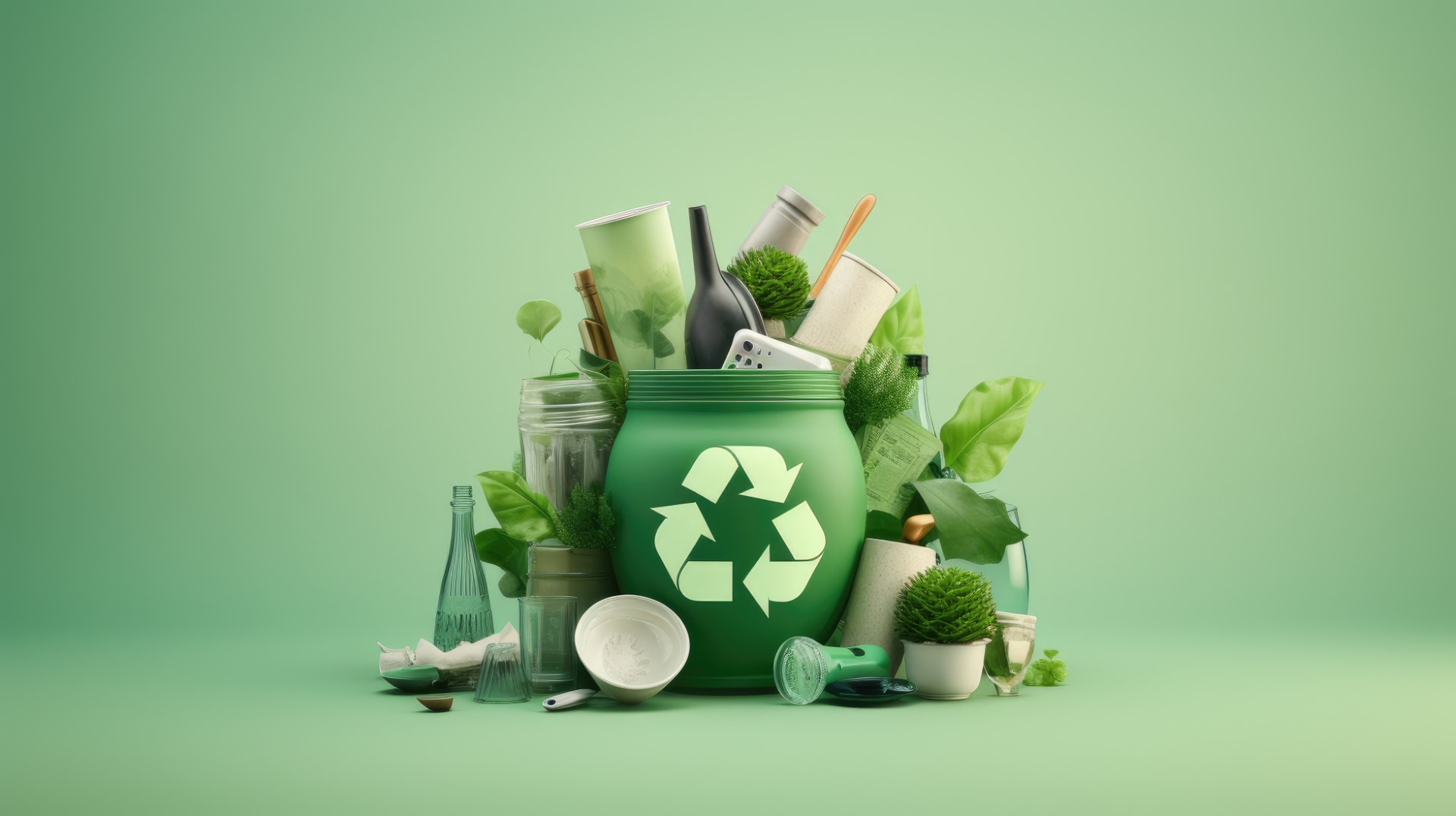Checking Out Various Types of Waste in Modern Waste Management Solution
The modern landscape of waste monitoring involves navigating an intricate array of waste kinds, each needing specialized handling and disposal approaches to mitigate environmental impacts. Community strong waste, contaminated materials, digital waste, and organic waste each present distinct obstacles and chances for source healing. Ingenious remedies such as wise waste containers and waste-to-energy innovations are becoming essential devices in boosting effectiveness and sustainability. Understanding these waste types is important for cultivating public awareness and motivating energetic involvement in sustainable methods. What approaches can properly address these varied types of waste while promoting a circular economic climate?
Municipal Strong Waste
Local solid waste, commonly described as house garbage or garbage, includes a selection of disposed of products generated by property, industrial, and institutional resources within a community. This waste stream commonly consists of products such as packaging, food scraps, lawn trimmings, paper, plastics, textiles, and disposed of home items. The management of community strong waste is a crucial element of metropolitan planning and public wellness, requiring efficient collection, transport, and disposal systems.
Effective waste administration systems are made to reduce ecological impact while making the most of source recovery. Composting natural waste, such as food scraps and yard trimmings, not only lowers landfill usage but additionally creates beneficial soil modifications.
Districts should additionally address the logistical and financial challenges related to waste monitoring. Carrying out pay-as-you-throw systems, improving public understanding, and buying modern technology can considerably improve waste diversion rates. By incorporating these practices, districts can foster sustainable neighborhoods, lower greenhouse gas discharges, and conserve natural deposits.
Contaminated Materials

Efficient dangerous waste monitoring includes several crucial actions: recognition, disposal, partition, and treatment. Segregation makes certain that hazardous products are kept independently from non-hazardous waste to protect against cross-contamination.
Regulative frameworks, such as the Resource Preservation and Recovery Act (RCRA) in the United States, supply standards and criteria for contaminated materials administration. Adherence to these policies, coupled with advancements in waste treatment modern technologies, is crucial in reducing the risks connected with contaminated materials.
Electronic Waste
Digital waste, commonly referred to as e-waste, represents a rapidly growing obstacle in waste administration systems around the world. This kind of waste incorporates disposed of digital devices and equipment such as smart devices, computer systems, televisions, and various other digital appliances. The quick pace of technical development, paired with reducing product life expectancies and customer need for the most recent devices, has actually tremendously raised the volume of e-waste created each year.
E-waste is specifically troublesome because of its intricate structure, often including dangerous materials like cadmium, lead, and mercury, which present significant environmental and health dangers otherwise appropriately taken care of. Conversely, e-waste additionally consists of important view website materials such as silver, gold, and copper, which can be recuperated and recycled. The dual nature of e-waste-- both unsafe and beneficial-- necessitates specific handling, recycling, and disposal procedures.
Efficient e-waste management involves strict regulatory frameworks, robust collection systems, and advanced reusing innovations. Public understanding and involvement are critical, as improper disposal methods, such as unlawful discarding and informal recycling, worsen ecological informative post contamination and carcinogen. Improving e-waste management techniques is vital for minimizing environmental influence and recovering beneficial resources in a significantly electronic globe.

Organic Waste
Organic waste, making up kitchen area scraps, lawn trimmings, and farming residues, stands for a considerable section of the worldwide waste stream. This kind of waste is biodegradable, suggesting it can be broken down by microorganisms right into easier natural compounds. In spite of its possibility for all-natural decay, inappropriate management of natural waste can bring about unfavorable environmental influences, consisting of the emission of greenhouse gases such as methane, which add to climate adjustment.
Effective monitoring of natural waste is vital for reducing these ecological impacts (recycling lives services). Composting is a commonly taken on method, transforming natural waste into nutrient-rich compost that can improve dirt health and agricultural efficiency. In addition, anaerobic digestion is an emerging innovation that transforms natural waste into biogas, a renewable resource resource, and digestate, which can be used as fertilizer
Municipalities and waste management entities must execute robust organic waste collection and therapy programs to take full advantage of the advantages of these processes. Public education projects can additionally play a pivotal function in encouraging families and companies to different natural waste from various other kinds of waste. By focusing on the monitoring of organic waste, societies can decrease landfill use, lower greenhouse gas emissions, and produce useful by-products visit this website for agricultural use.

Cutting-edge Waste Administration
In the realm of waste administration, cutting-edge methodologies are transforming how societies handle their refuse, intending for sustainability and efficiency. These developments include a variety of innovations and methods that boost recycling rates, reduce landfill dependency, and lower environmental impact. One famous advancement is the execution of clever waste containers outfitted with sensors that monitor fill levels and optimize collection courses. This not just decreases fuel usage but also minimizes greenhouse gas emissions.
Another notable growth is the fostering of waste-to-energy (WtE) innovations. By converting non-recyclable waste right into functional power with processes such as incineration and anaerobic food digestion, WtE lowers garbage dump problem and offers a renewable resource resource. Additionally, improvements in chemical recycling enable the break down of complex plastics right into their initial monomers, allowing the development of new, high-grade plastic items.
Additionally, the circular economic climate model is getting traction, highlighting the layout of products and systems that focus on reusability and resource performance. This holistic strategy encourages sectors to reduce waste generation from the start. Through these ingenious strategies, contemporary waste monitoring systems are not only addressing the prompt challenges of garbage disposal however additionally leading the way for an extra lasting future.
Conclusion
A thorough understanding of community solid waste, harmful waste, digital waste, and natural waste, paired with the implementation of ingenious waste administration options, is necessary for minimizing ecological impacts. Incorporating modern technologies such as smart waste bins and waste-to-energy systems can improve efficiency and sustainability. Efficient waste administration methods not just foster resource healing however likewise promote public understanding and engagement, ultimately contributing to the development of a circular economy.
The contemporary landscape of waste monitoring entails browsing an intricate selection of waste kinds, each needing specialized handling and disposal techniques to reduce environmental effects. Community solid waste, hazardous waste, electronic waste, and natural waste each existing unique obstacles and chances for resource healing.Electronic waste, typically referred to as e-waste, represents a quickly growing challenge in waste management systems internationally. Via these cutting-edge methods, modern-day waste administration systems are not only dealing with the prompt obstacles of waste disposal however also leading the way for an extra lasting future.
An extensive understanding of municipal strong waste, dangerous waste, digital waste, and organic waste, coupled with the execution of cutting-edge waste management remedies, is essential for minimizing environmental impacts. (recycling lives services)
Comments on “The Effect of Recycling Lives Services on Communities and the Setting”